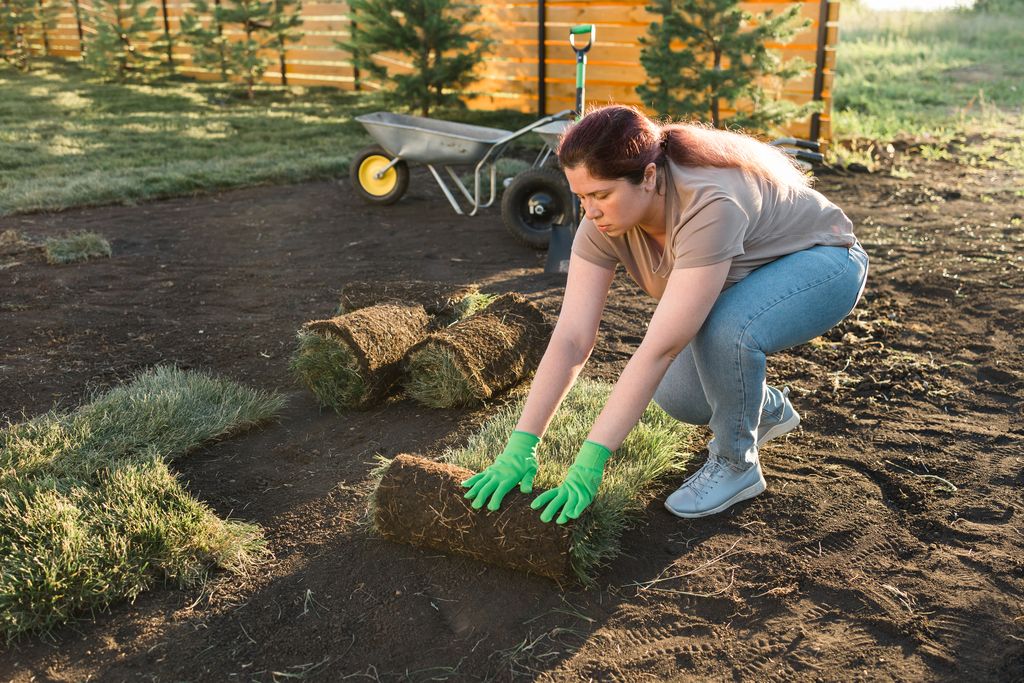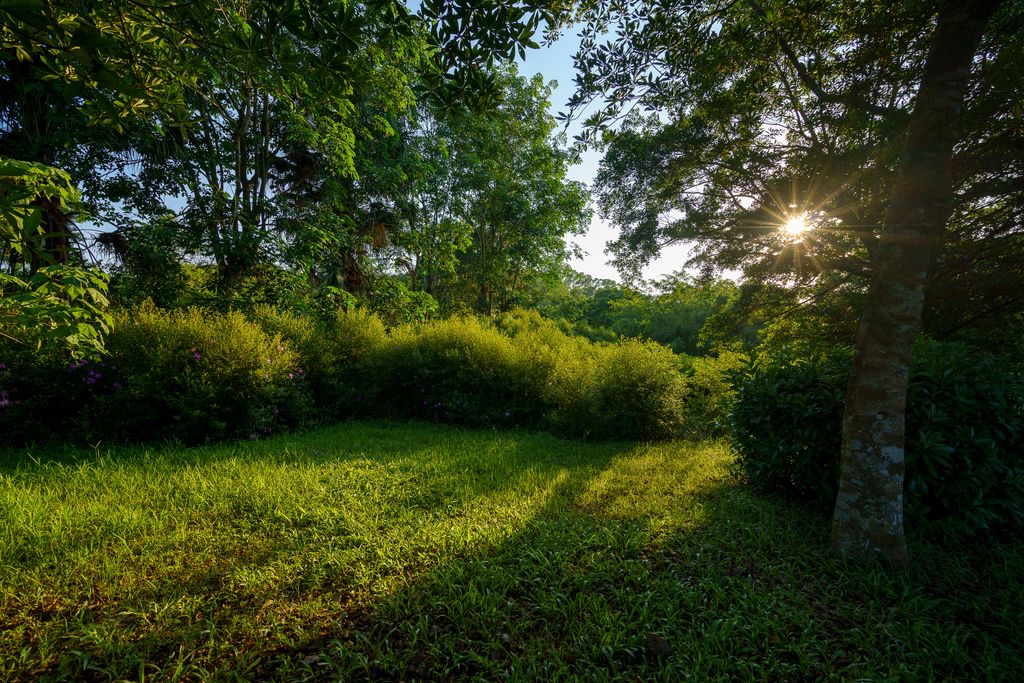Is your lawn looking a bit worse for wear?
Whether it’s from heavy foot traffic, harsh weather, or pesky pests, lawn repair is a common challenge for homeowners.
But don’t worry! We’re here to help you choose the right type of grass for your lawn repair needs.
In this post, we’ll explore the best grasses tailored for rejuvenating your yard, ensuring it thrives in the long run.
This post contains affiliate links. As an Amazon Associate, I earn from qualifying purchases at no additional cost to you.
Why Lawn Repair Matters
Before diving into the types of grass, let’s discuss why lawn repair is so crucial.
A healthy lawn boosts your home’s curb appeal, increases property value, and provides a safe space for family activities.
Moreover, a well-maintained lawn helps prevent soil erosion and promotes a healthier environment.
Factors to Consider for Lawn Repair
- Climate: The local climate plays a significant role in what type of grass will thrive. Is it hot and dry? Or cool and wet?
- Sunlight: Evaluate how much sunlight your lawn gets daily. Full sun, partial shade, or full shade can drastically change your grass selection.
- Soil Type: Knowing whether you have sandy, clay, or loamy soil helps in selecting the appropriate grass that can establish quickly.
- Maintenance Level: Consider how much time and effort you’re willing to invest in lawn care. Some grasses require more maintenance than others.
Top Grasses for Lawn Repair
Now that you understand the key factors, let’s look at some of the best grasses for lawn repair. Below is a comparison table to make your decision easier.
| Grass Type | Climate | Sunlight Requirements | Maintenance Level | Ideal Use |
|---|---|---|---|---|
| Perennial Ryegrass | Cool-season | Full sun to partial shade | Low | Quick patches and overseeding |
| Kentucky Bluegrass | Cool-season | Full sun | Medium | Lawns and recreational areas |
| Bermudagrass | Warm-season | Full sun | Medium to High | Sports fields and high-traffic areas |
| Zoysiagrass | Warm-season | Full sun to partial shade | Low to Medium | Home lawns and golf courses |
| Tall Fescue | Transition zone | Full sun to partial shade | Medium | Versatile lawns and tough environments |
Detailed Overview of Recommended Grasses
1. Perennial Ryegrass
This grass is known for its quick germination, making it a favorite for rapid lawn repair. It thrives in cool seasons and handles foot traffic well. With a rich green color, it creates a lush lawn quickly, which is perfect for patches and overseeding.
2. Kentucky Bluegrass
While this grass takes longer to establish, it is well-loved for its dense and lush appearance. Kentucky Bluegrass is ideal for a beautiful, resilient lawn but requires more maintenance, including regular watering and mowing.
3. Bermudagrass
Best suited for warm climates, Bermudagrass is incredibly durable and recovers quickly from damage. It’s the go-to choice for sports fields and lawns subject to high traffic, but it does require full sun and regular mowing.
4. Zoysiagrass
This grass variety is adaptable to different conditions, making it an excellent choice for varying climates. Zoysiagrass is drought-tolerant and can thrive in both sunny and partially shaded areas, providing versatility in lawn repair.
5. Tall Fescue
With its deep roots, Tall Fescue is perfect for transitional zones and can handle heat and drought conditions. It’s a tough grass option for homeowners looking for low-maintenance choices while still providing a green, inviting lawn.
Steps to Successfully Repair Your Lawn
Repairing your lawn doesn’t have to be overwhelming! Follow these simple steps to get started:
- Assess Damage: Identify the areas that need repair and understand the reasons behind the damage.
- Choose the Right Grass: Based on your assessment and the comparison table, pick the grass that best suits your environment.
- Prepare the Soil: Clear the area of any debris, loosen the soil, and ensure it’s well-draining.
- Sow the Seeds: Follow the recommended seeding rates for your chosen grass type, ensuring even distribution.
- Water Regularly: Keep the soil moist but not soggy as the seeds germinate. Consistency is key!
- Monitor Growth: As the grass begins to grow, watch for any areas that may need additional care or reseeding.
- Maintain: Once established, the grass will require regular maintenance, including mowing, watering, and fertilization.
Conclusion
Repairing your lawn doesn’t have to be a daunting task.
By understanding the best grasses for lawn repair and following the outlined steps, you’ll be well on your way to achieving a lush, green yard that enhances your home’s beauty and value.
Take action today by selecting the right grass and start your lawn repair journey. Your future self (and your feet!) will thank you!



